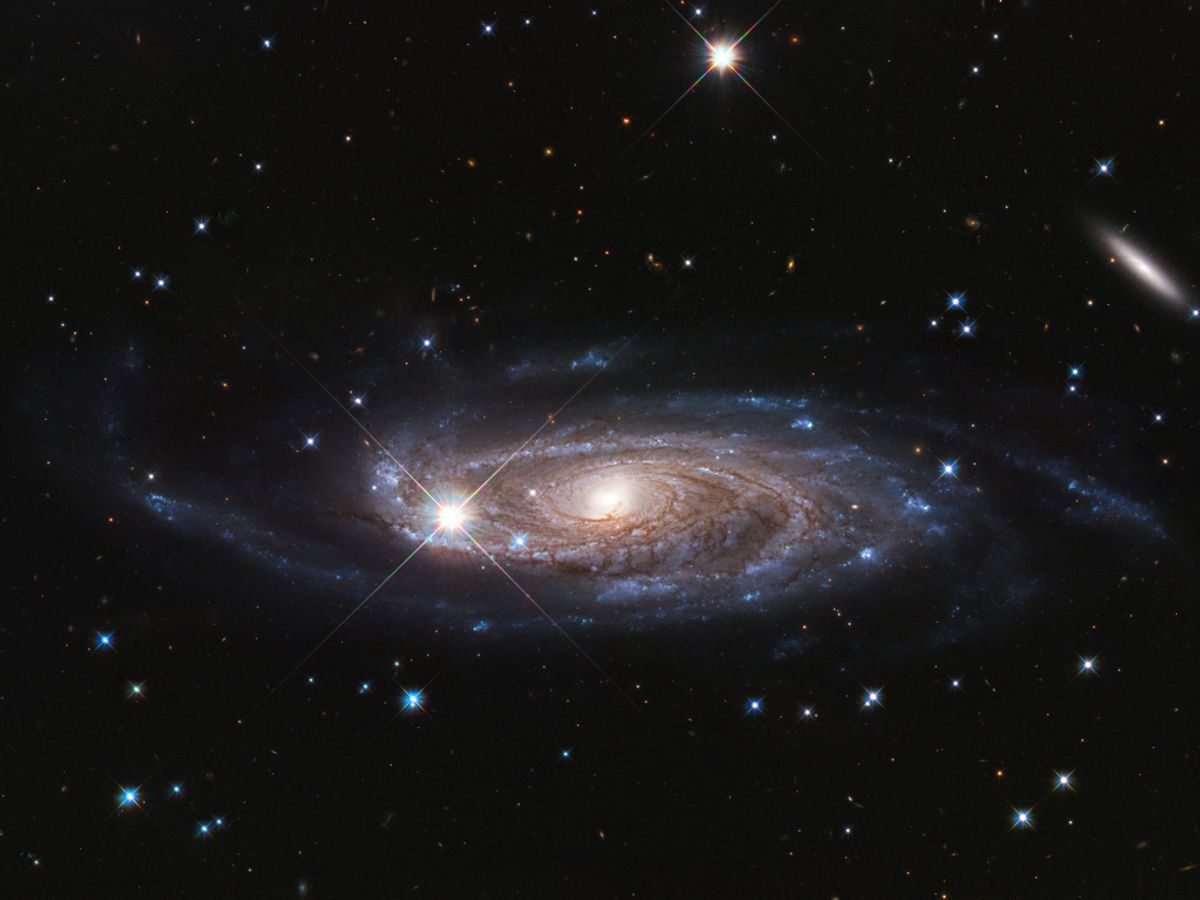
‘Space Tornadoes found': ALMA uncovers galactic center’s secret shock waves
Produced by: Mohsin Shaikh

Representative pic/NASA

Space Tornadoes
Astronomers have discovered thin, violent gas filaments swirling through the Milky Way’s chaotic central zone, behaving like cosmic tornadoes.
Credit: ALMA Observatory
Shockwave Secrets
These slim filaments may be formed by high-energy shock waves, blasting through space and redistributing material across the galactic center.
Credit: Astronomy & Astrophysics (2025)
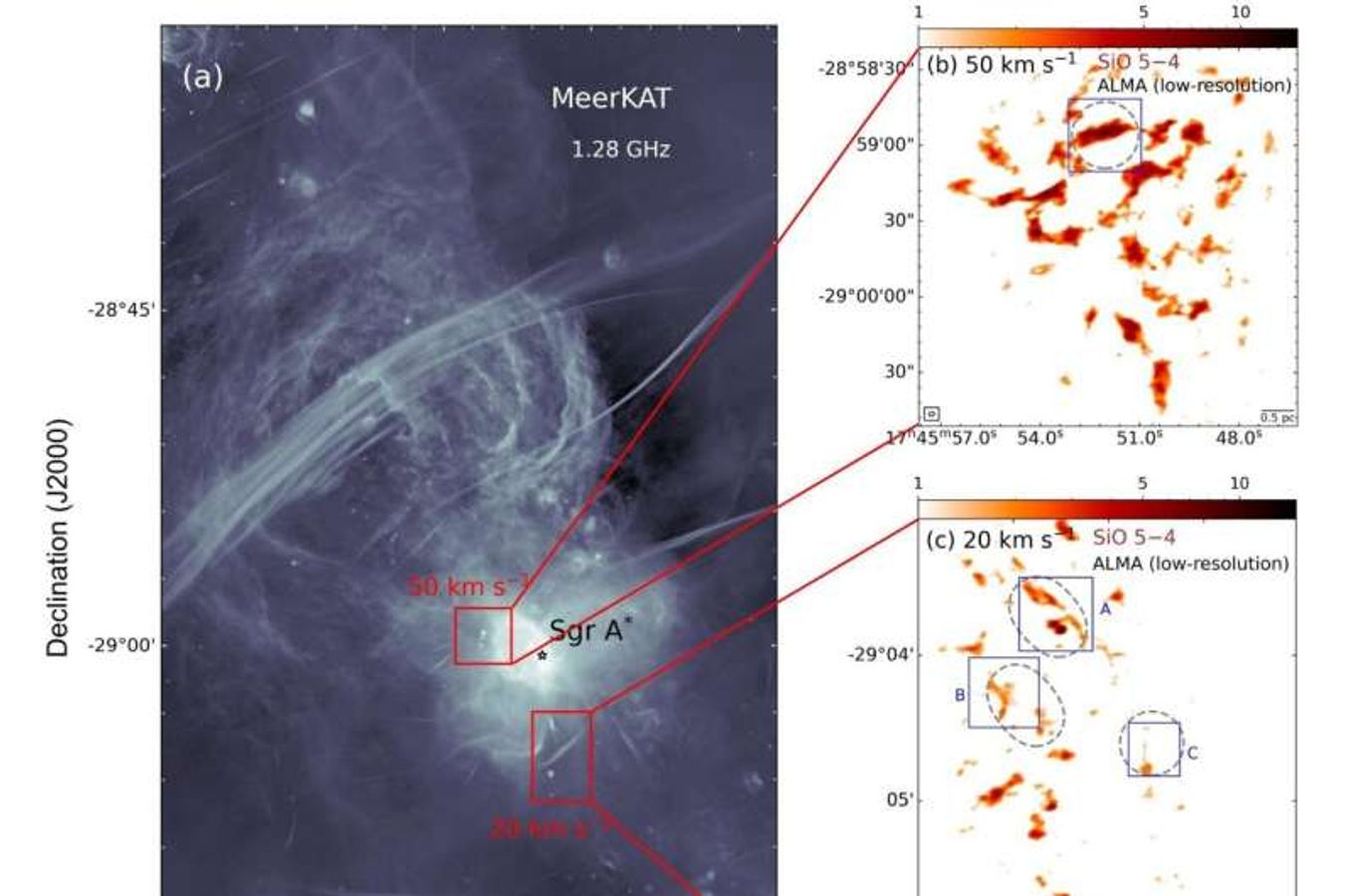

100X Sharper View
Thanks to ALMA’s unprecedented resolution, scientists mapped these filaments 100 times more precisely than ever before, exposing structures never seen before.
Not Star-Born
Unlike other space filaments, these mysterious structures don’t come from star formation and show no connection to dust, raising big questions.
Representative pic
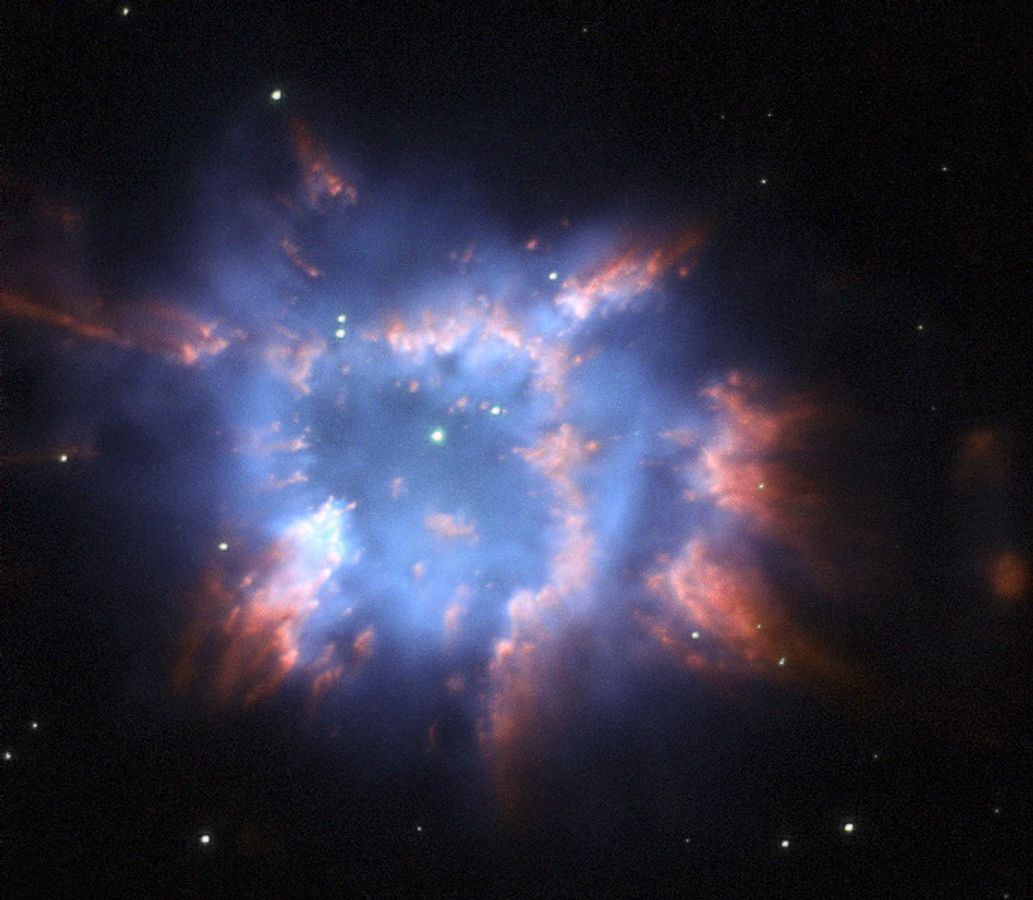
Chemical Clues
The presence of silicon monoxide (SiO) and other molecules confirms that these filaments are shock-driven, but their exact origins remain unknown.
Representative pic
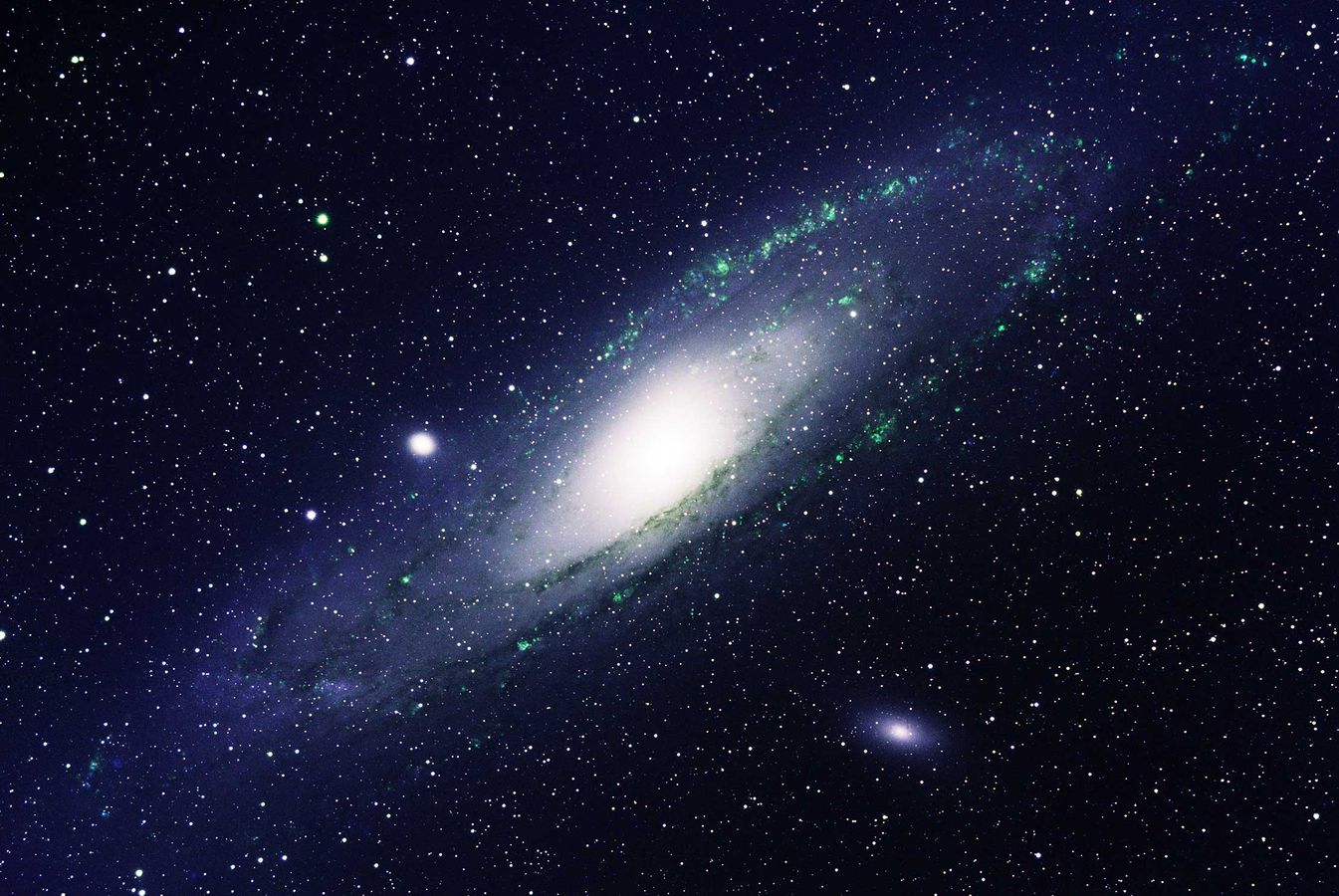
Galactic Recycling
These filaments may be part of a massive cycle—forming, dispersing, and refueling interstellar material in a never-ending loop.
Representative pic
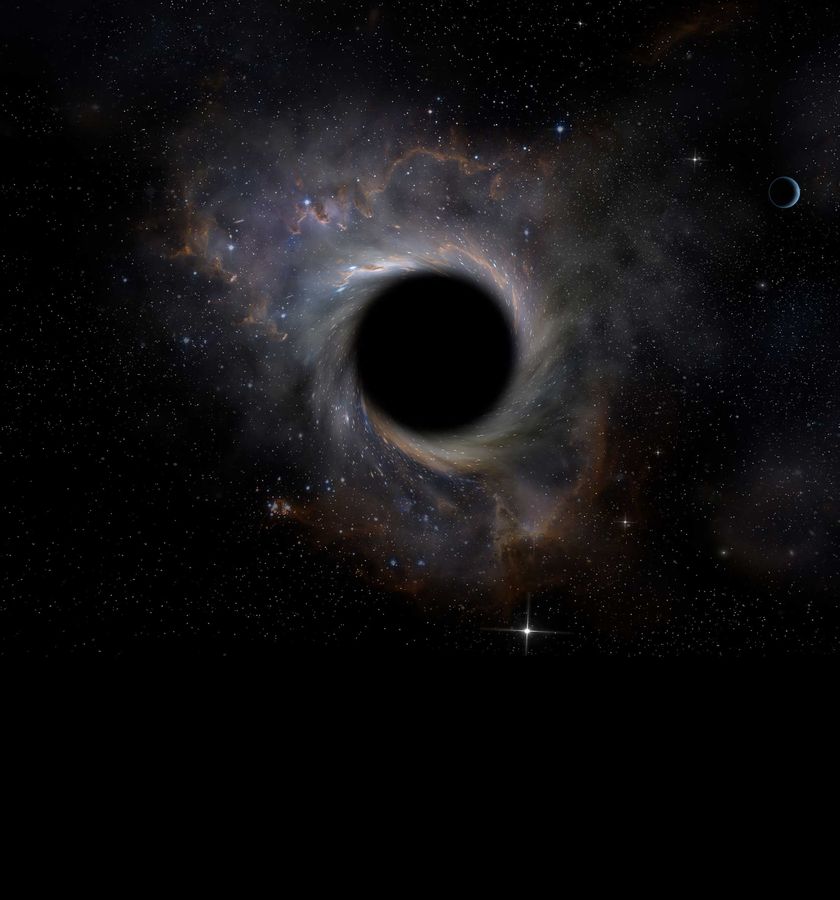
Black Hole’s Influence?
Scientists suspect the Milky Way’s supermassive black hole may be playing a role in creating and sustaining these high-speed gas streams.
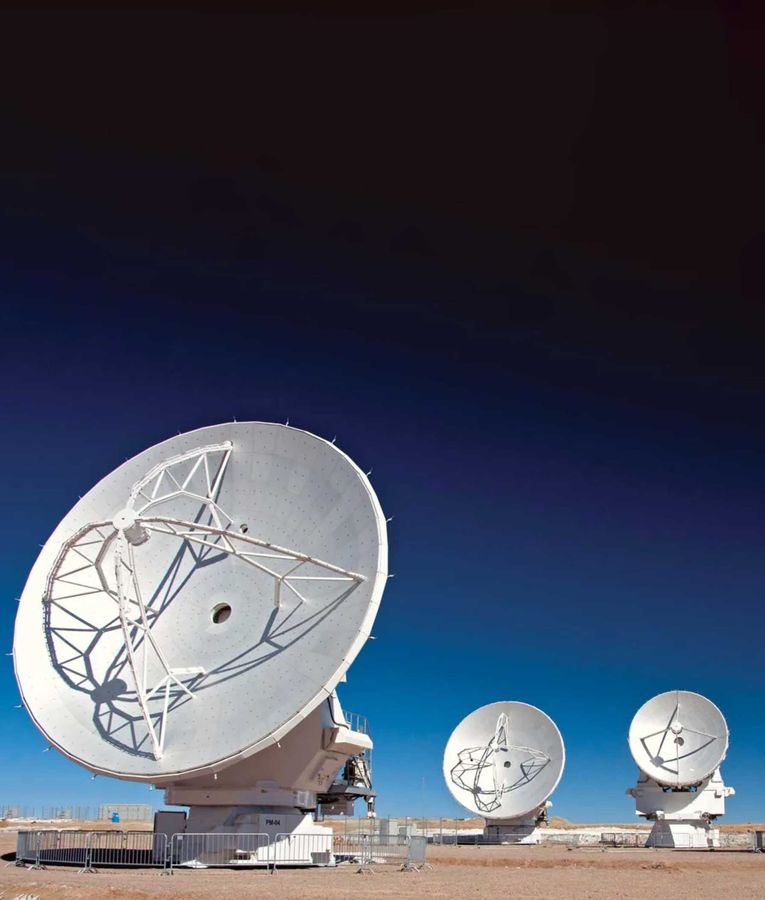
Future ALMA Missions
More ALMA observations and simulations could confirm if these slim filaments are part of a larger, galaxy-wide material circulation system.
Credit: ALMA (ESO/NAOJ/NRAO)/W. Garnier
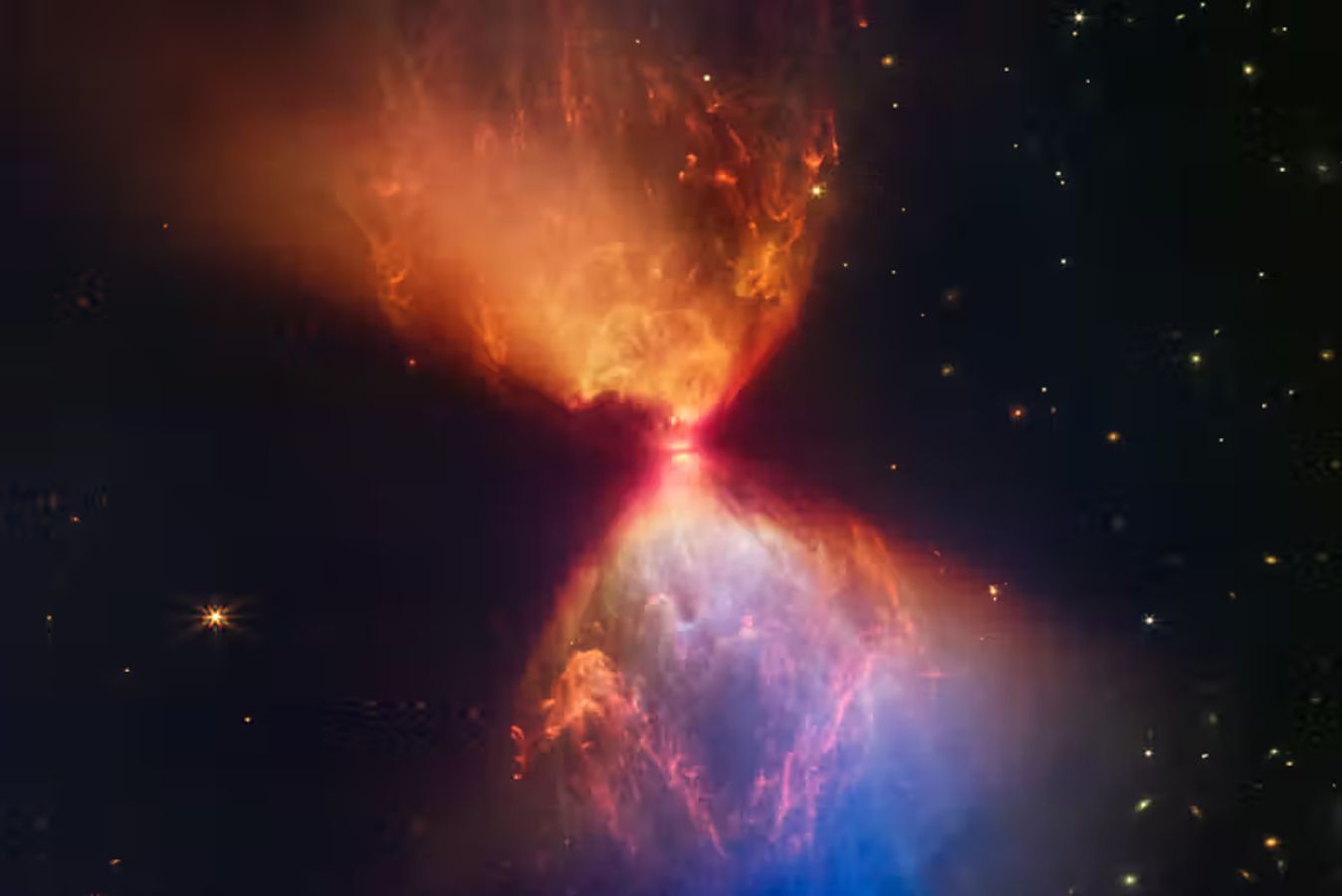
A Hidden Cosmic Engine
If confirmed, these filaments could be a key piece of the puzzle in understanding how galaxies regulate their gas, dust, and star formation over time.
Credit: NASA